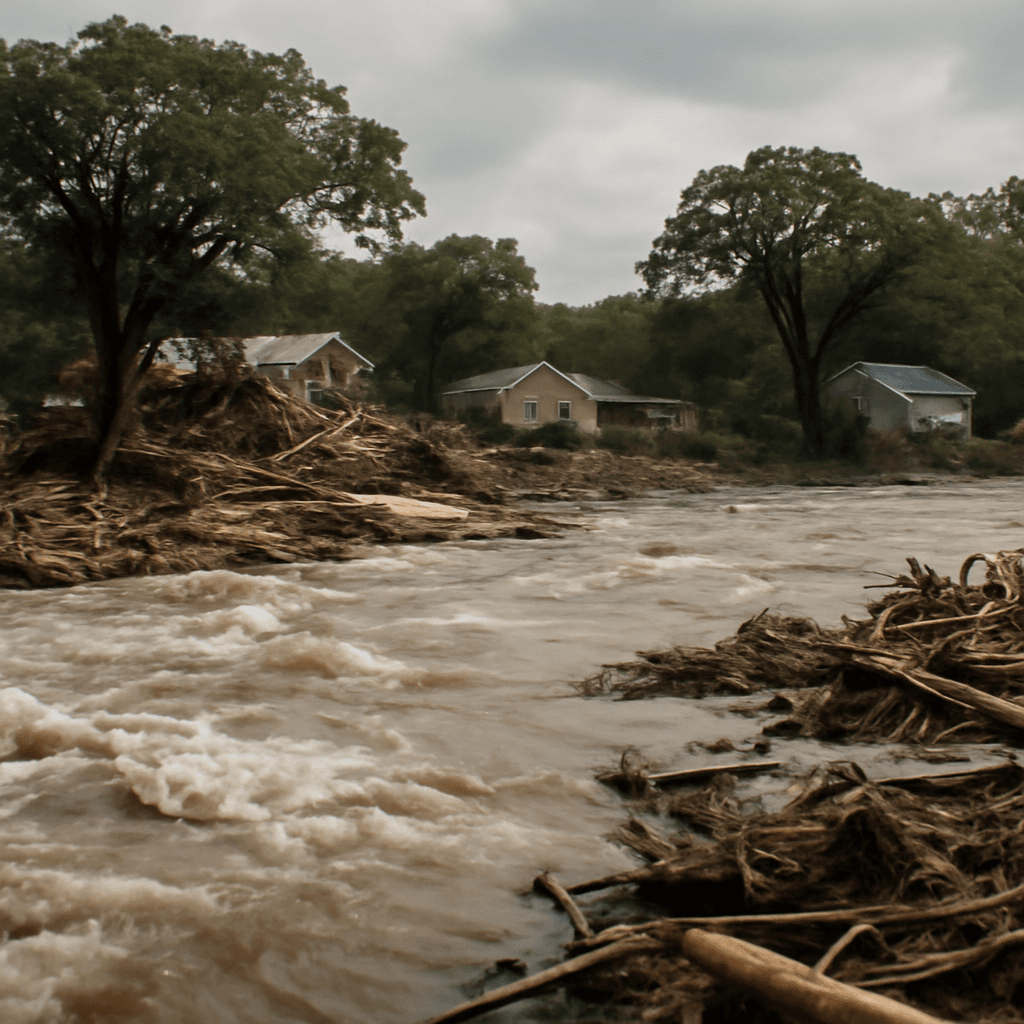Texas Flood Toll Drops Dramatically as Search Continues
In the wake of the catastrophic flash floods that ravaged Texas Hill Country over the July 4 holiday weekend, officials announced a significant reduction in the number of people classified as missing. From a staggering figure of over 160 missing individuals in Kerr County alone, the count has now dwindled to just three.
Relentless Search Efforts Yield Progress
More than two weeks after the deadly floods swept through the area, emergency responders and volunteers have been working tirelessly to account for residents and visitors affected by the disaster. Kerrville City Manager Dalton Rice eloquently captured the sentiment, stating, "This remarkable progress reflects countless hours of coordinated search and rescue operations, careful investigative work, and an unwavering commitment to bringing clarity and hope to families during an unimaginably difficult time."
The Human Impact Behind the Numbers
The flash floods claimed at least 135 lives across Texas, with Kerr County bearing the brunt, particularly along the banks of the Guadalupe River. A poignant tragedy unfolded at Camp Mystic, a century-old Christian summer camp nestled in a typically serene, low-lying area. Tragically, at least 27 campers and counselors lost their lives as the waters surged.
Local residents, like homeowner Daniel Olivas, have faced daunting cleanups and rebuilding efforts, sifting through debris left behind by the floodwaters that tore through homes and beloved community spaces.
Why Hill Country Is Vulnerable
Texas Hill Country's geography and soil composition make it especially susceptible to flash floods. The region's dry, compacted dirt struggles to absorb heavy rain, often leading to rapid runoff and dangerous flooding conditions.
Controversy Over Warning Systems
With Kerrville situated about 100 miles west of Austin, questions have emerged about the adequacy of flood warnings issued prior to the disaster. Officials face scrutiny over whether residents received timely alerts that could have mitigated loss of life. The tragedy underscores broader challenges in emergency communication and preparedness in rapidly evolving natural disasters.
Broader Context and Lessons Learned
This event is a stark reminder of how natural disasters can swiftly overwhelm communities, especially in regions that may not be regularly attuned to sudden flash flooding risks. As climate change contributes to more extreme weather events, improving early warning systems and public education in vulnerable areas becomes imperative.
Experts in emergency management emphasize the importance of layered communication strategies, combining advanced technology with community engagement to ensure warnings reach all demographics effectively—especially in rural or recreational zones like Kerr County.
Looking Ahead
Recovery efforts are ongoing, with local governments, aid organizations, and volunteers rallying to support displaced families and rebuild infrastructure. The nearly resolved missing persons case brings a glimmer of hope amid adversity, though the community’s scars remain deep.
Key Takeaways:
- Flash floods claimed 135 lives in Texas over July 4 weekend, with Kerr County hardest hit.
- Number of missing individuals dropped sharply from over 160 to 3, thanks to extensive search operations.
- Camp Mystic tragedy highlights vulnerability of low-lying campgrounds along flood-prone rivers.
- Natural geography and soil conditions exacerbate flash flood risks in Texas Hill Country.
- Authorities face scrutiny over adequacy of flood warning communications.
Editor's Note
As Texas Hill Country rebuilds from this tragedy, it raises profound questions about disaster preparedness in regions prone to sudden natural calamities. How can technology and community awareness evolve in tandem to prevent future loss? What lessons must policymakers, emergency responders, and residents glean from this event to strengthen resilience against an increasingly unpredictable climate? This story serves as both a somber reminder and a call to action.












